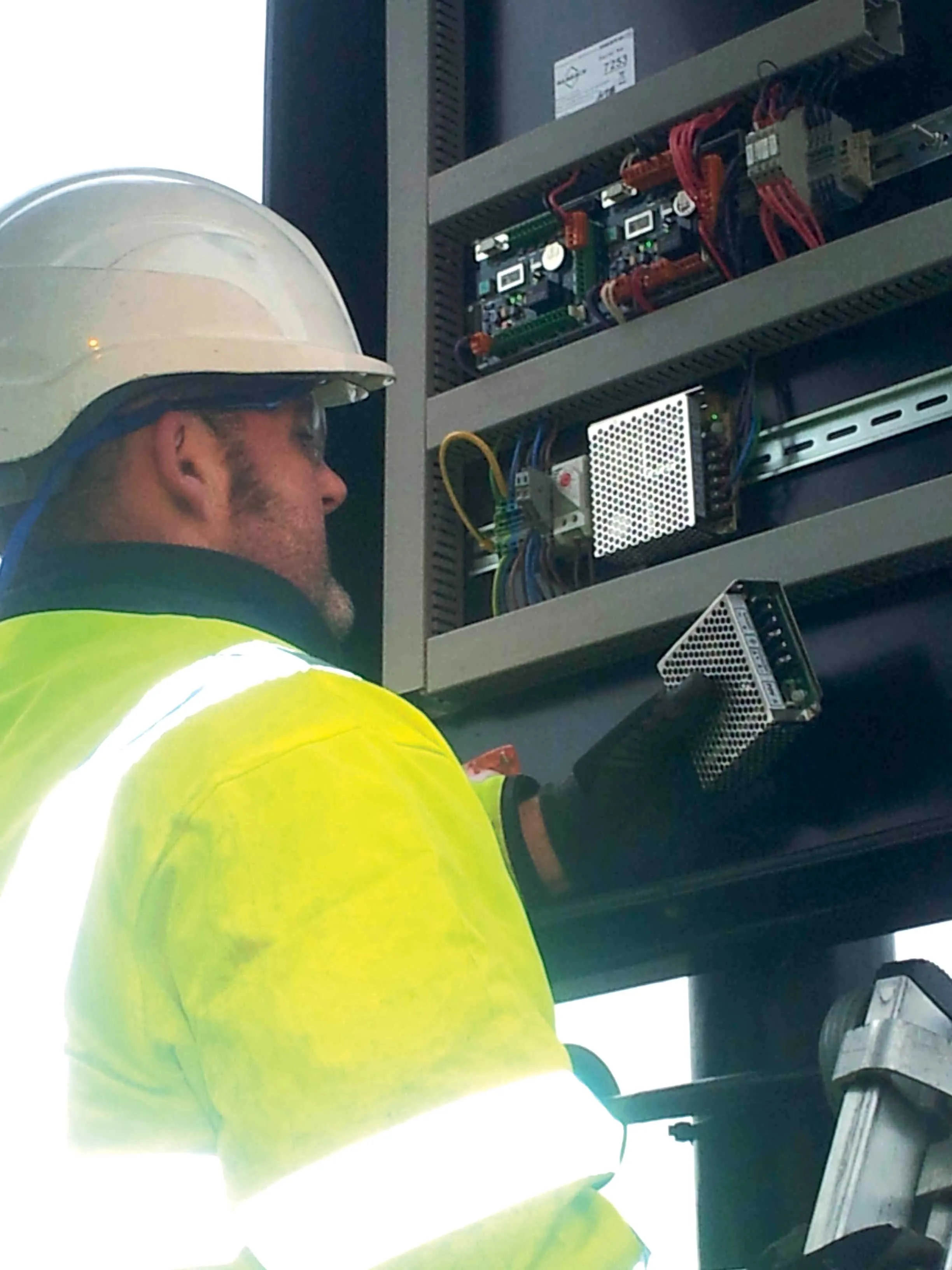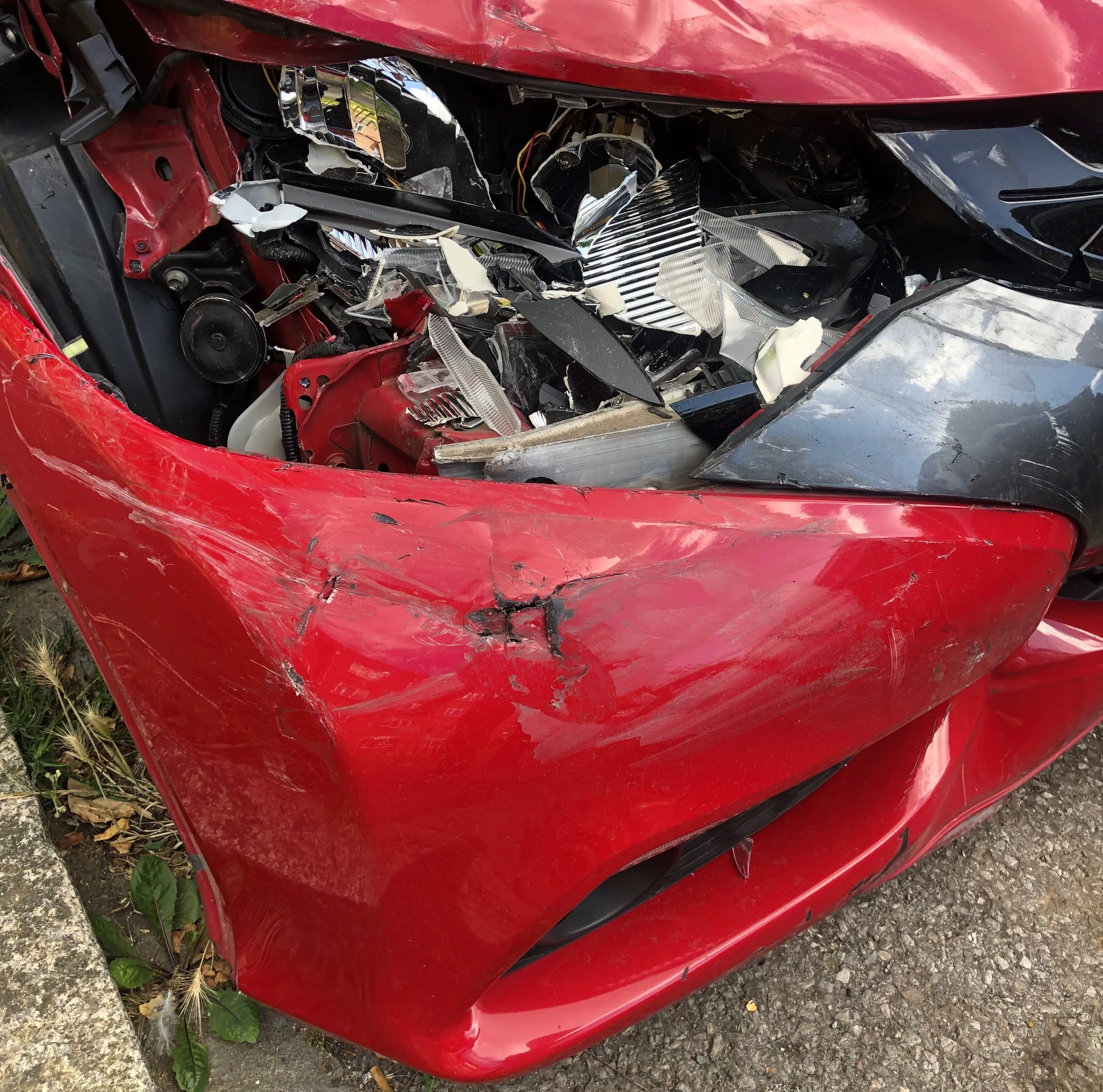The US is in desperate need of rebuilding many of its road bridges. This comes from an analysis of official data carried out by the American Road and Transportation Builders Association (ARTBA). According to ARTBA’s analysis of the US Department of Transportation’s just released 2017 National Bridge Inventory database, 54,259 of the nation’s 612,677 bridges are rated structurally deficient. The work is needed as these transport links are vital, with Americans crossing these deficient bridges 174 million times/day. The average age of a structurally deficient bridge is 67 years, compared to 40 years for non-deficient bridges. The report says that one in three (226,837) US bridges have identified repair needs and more worryingly still, one in three (17,726) Interstate highway bridges have identified repair needs.
The US Interstate Highway System carries 75% of the nation’s heavy truck traffic. The report finds there is the equivalent of one “structurally deficient”-rated bridge, on average, for every 43km of the major highway network. The 1,800 structurally deficient Interstate bridges are crossed 60 million times daily.
The pace of improving the inventory of structurally deficient bridges slowed this past year. At the current pace of repair or replacement, it would take 37 years to remedy all of them, according to Dr Alison Premo Black, chief economist for the American Road & Transportation Builders Association (ARTBA), who conducted the analysis.
Maintenance, repairs and replacements needed for US Bridges
The US is in desperate need of rebuilding many of its road bridges. This comes from an analysis of official data carried out by the American Road and Transportation Builders Association (ARTBA). According to ARTBA’s analysis of the US Department of Transportation’s just released 2017 National Bridge Inventory database, 54,259 of the nation’s 612,677 bridges are rated structurally deficient. The work is needed as these transport links are vital, with Americans crossing these deficient bridges 174 million
February 1, 2018
Read time: 2 mins








